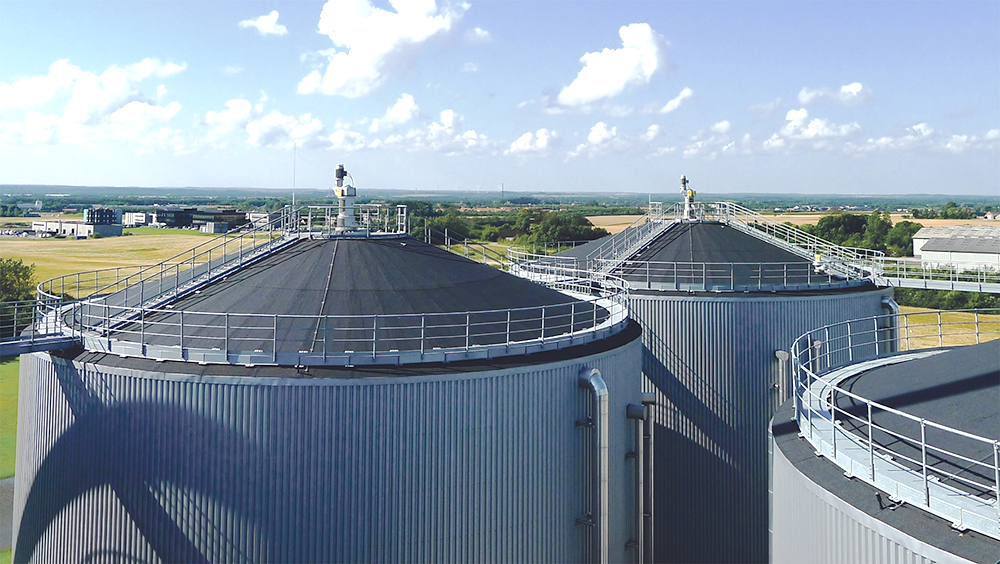A breather valve, also known as a pressure-vacuum relief valve (PVRV), is a device installed on storage tanks to prevent tanks from rupturing by relieving pressure or vacuum caused by changes in temperature or volume.
 Litigation is a legal process for resolving disputes in court, where evidence and legal arguments are assessed by a judge or jury to determine outcomes. This becomes vital when individuals claim illnesses linked to chemical or gas leaks from tank or digester breather valves, known as Pressure Vacuum Relief Valves (PVRVs), often due to inadequate maintenance or compliance failures. Despite identifying leaks in the PVRVs, workplaces may not realise the importance of procuring valves compliant with API2000 standards, nor understand the implications of this compliance. Additionally, there is often a lack of knowledge on how to train their team on the test protocol to manage these valves effectively on-site.
Litigation is a legal process for resolving disputes in court, where evidence and legal arguments are assessed by a judge or jury to determine outcomes. This becomes vital when individuals claim illnesses linked to chemical or gas leaks from tank or digester breather valves, known as Pressure Vacuum Relief Valves (PVRVs), often due to inadequate maintenance or compliance failures. Despite identifying leaks in the PVRVs, workplaces may not realise the importance of procuring valves compliant with API2000 standards, nor understand the implications of this compliance. Additionally, there is often a lack of knowledge on how to train their team on the test protocol to manage these valves effectively on-site.
API2000 establishes a rigorous standard for evaluating PVRVs. Section 5.4 outlines a comprehensive testing protocol, ensuring that each Pressure-Vacuum Relief Valve (PVRV) undergoes a thorough assessment. This process verifies the valve’s settings, leak rate, performance, and overall functionality. Without such a benchmark, the industry would lack a clearly defined standard for what is considered ‘acceptable’ performance.
Specifically, tank breather valves are classified under Scope 3 emissions, encompassing indirect emissions associated with a company’s activities. Recently, public perceptions of odours as indicators of emissions have heightened the scrutiny of breather valves, making odour release a significant risk that can lead to increased investigations, litigation claims, criminal inquiries, and environmental enforcement notices. The environmental focus with Leak Detection and Repair (LDAR)c, Industrial Emissions Directive (IED) and COP28 initiatives, highlights the need to detect leakage, monitor and measure emissions.
To mitigate these risks and manage the odour release from breather valves effectively, workplaces must ensure that their PVRVs are API2000 compliant and that their maintenance teams are adequately trained in the specific test protocols outlined in Section 5.4 of the standard. This approach should include providing certification that evidences the valves’ compliance, using competent technicians familiar with the stringent criteria, and employing test equipment that can withstand thorough scrutiny. These measures and evidential certification will safeguard against potential legal and regulatory consequences, while also enhancing operational safety and environmental stewardship.
By implementing measures to mitigate PVRV leakage, the facility will not only save costs on retained media but also enhance site operating efficiency, foster a healthier and happier workforce, gain regulatory acceptance, and boost stakeholder and public confidence. The health and protection of the workforce are paramount, underscoring the necessity of these proactive steps to prevent potential health risks and ensure a safe working environment.
T +44 (0)1726 844707
info@assentech.co.uk
www.assentech.co.uk

